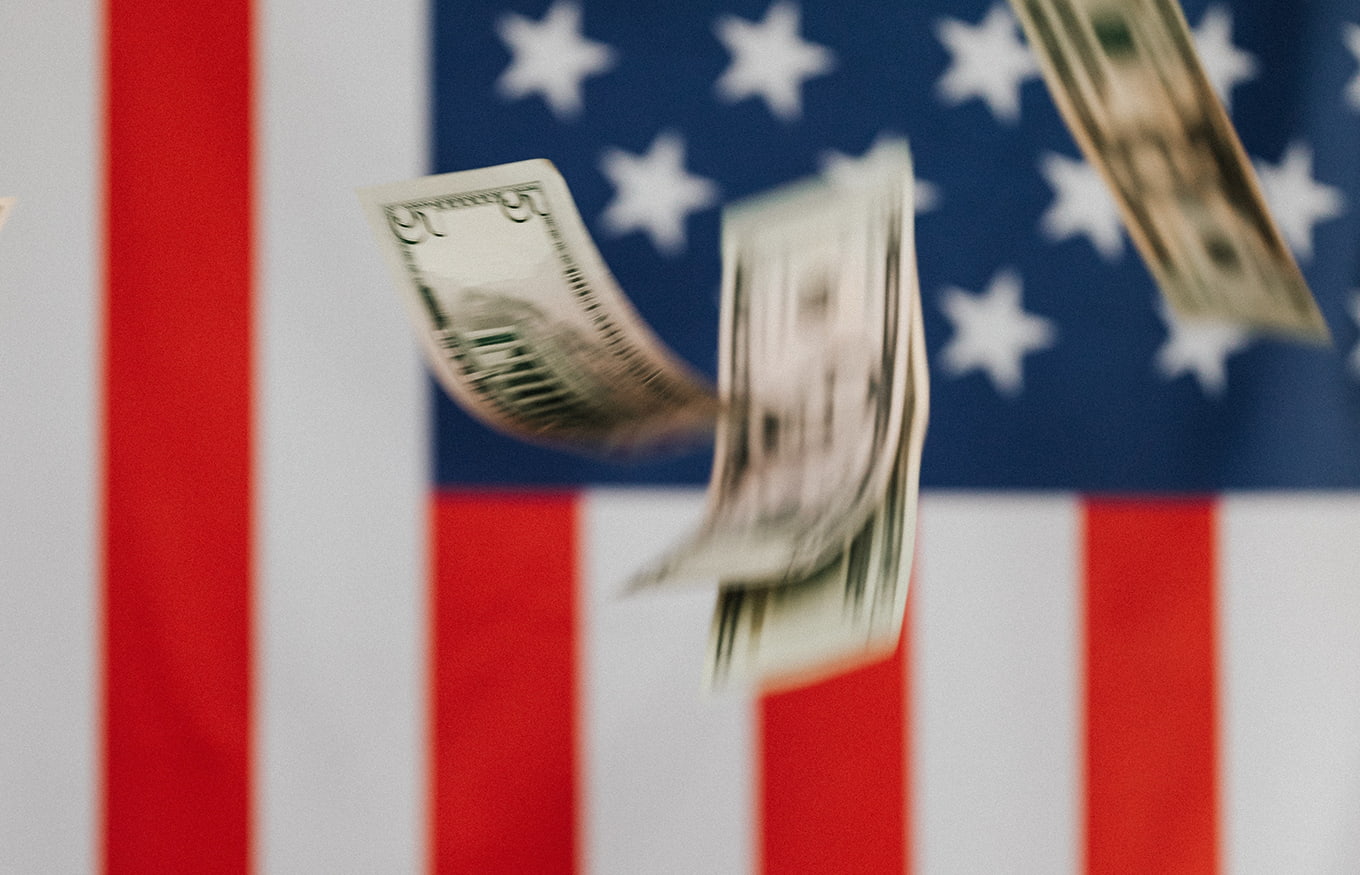With her swearing in today, Rep. Julia Letlow (R-LA) became the newest member of Congress, filling the vacancy left after the death of her husband, Luke Letlow, who won the election in Louisiana’s 5th Congressional District last fall.
Letlow also becomes the latest member of Congress to operate a leadership PAC — a political committee separate from a lawmaker’s official campaign committee that are frequently used to dole out extra cash to like-minded candidates and political allies.
Today, nearly every member of Congress operates a leadership PAC — not just those serving in congressional leadership or aspiring to serve in congressional leadership. In fact, according to Issue One’s research, 92% of incumbent members of Congress have leadership PACs — including 96 out of 100 sitting senators and 90% of current House members.
Indeed, according to Issue One’s research, 82% of freshman House members— 51 out of 62 — have leadership PACs, including Letlow, who filed paperwork last month to take control of Start Rising PAC — the leadership PAC formed by her husband two weeks prior to his death from COVID-19 complications in December.
“Leadership PACs are not well known outside the Beltway, but they have become essential features of the political influence game,” said Issue One Founder and CEO Nick Penniman.
He continued: “The proliferation of leadership PACs is troubling because special interests looking to buy access in Washington frequently contribute to lawmakers’ leadership PACs. Members of Congress have complete control over how leadership PAC funds are spent, and they can use the cash they raise to both curry influence with their colleagues and enjoy expensive meals and trips on someone else’s dime.”
Research by Issue One and the Campaign Legal Center has shown that leadership PACs are frequently used to subsidize lavish lifestyles by members of Congress, paying for rounds of golf, meals at high-class restaurants, lodging at luxurious resorts, and trips to exclusive destinations. Many leadership PACs dole out relatively little money to political candidates, raising questions about whether some lawmakers are using leadership PACs to underwrite a perpetual fundraising cycle, in which money raised at one fancy fundraiser is used to pay for the next fancy fundraiser.
Both Issue One and the Campaign Legal Center have urged Congress and the Federal Election Commission to adopt policies that would prohibit politicians from using leadership PAC funds for personal use — a rule that currently applies to politicians’ official campaign committees.
Between January 2019 and December 2020, lawmakers’ leadership PACs combined to raise more than $200 million. As Issue One has previously noted, only a small portion of members of Congress raised more than $1 million for their leadership PACs during this period. The typical member of Congress raised about $130,000 for their leadership PAC between January 2019 and December 2020.
How much money is flowing into — and out of — leadership PACs in 2021? Unfortunately, it will likely be months before the public and the press can fully answer that question.
Because of a quirk in the law, most leadership PACs will not be required to file their next round of mandatory campaign finance reports with the Federal Election Commission until July 31, which will cover the time period from January 2021 through June 2021.
Issue One performs on-going research into which members of Congress have leadership PACs and maintains a spreadsheet with this information that we are happy to share with members of the media.
If you are a journalist who would like to obtain a copy of this spreadsheet, or if you have any other questions about leadership PACs, please don’t hesitate to reach out to us.
Amisa Ratliff contributed to this report.





